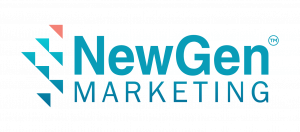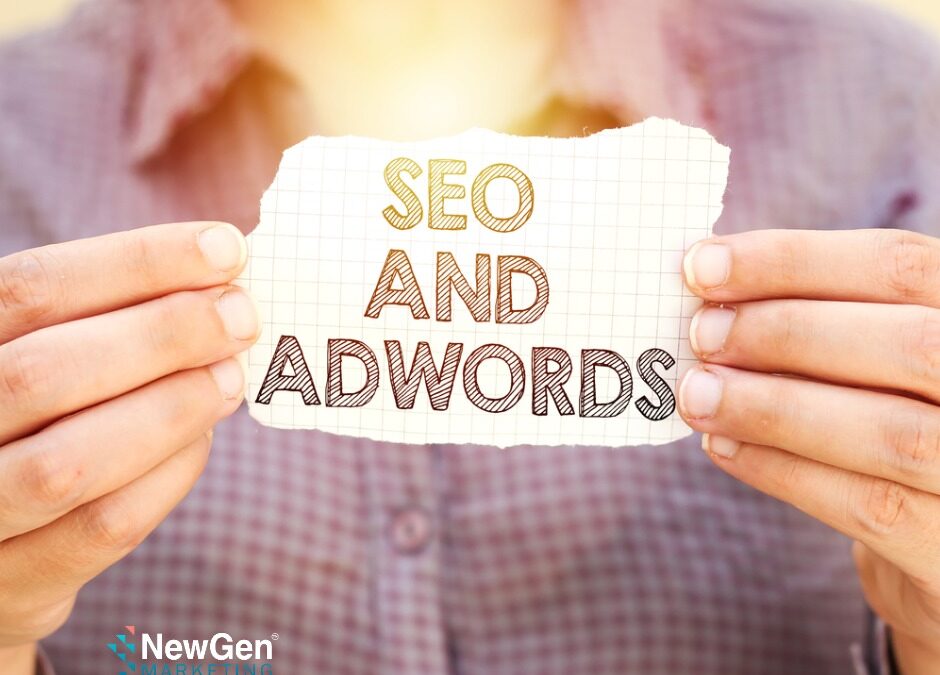It’s time to end the misconception that SEO and SEM are polar opposite marketing strategies, when in fact they are two sides of the same coin. Understanding that both strategies bring different strengths to your marketing efforts is the first key to realizing that your company should be utilizing both organic optimization and paid ads to drive new users to your website.
Because at the end of the day, SEO and SEM have the same marketing goal: to drive quality traffic to your website. Keep reading to learn how an integrated approach drives better results than either strategy used alone.
What Is SEO?
Search engine optimization (SEO) involves optimizing your website and website content to rank highly on search engine result pages (SERPs) and attract users to your site. Your business can use numerous SEO tactics to perform well in search engines, attract high-quality traffic and provide a great user experience on your website:
- Publishing fresh content (like blogs) with relevant keywords
- Including relevant keywords on main website pages
- Inserting backlinks to authoritative sites
- Optimizing your website for speed and easy navigation
- Optimizing web pages and published content with keyword-friendly metadata (title tag, meta description, alt text, headings
SEO is a valuable digital marketing strategy. If you understand what your customers are looking for and the keywords they’re using on Google, your team can produce high-quality, useful content that addresses customer queries and concerns. If your published content matches user intent and your website is fast and user-friendly, Google (and other search engines) will reward you with a higher search ranking. SEO helps your business bring in high-quality traffic, increase the conversion rate, expand brand visibility and improve brand authority and credibility. Plus, SEO is cost-effective — you don’t have to pay to optimize your own website and content.
What Is SEM?
Search engine marketing (SEM) refers to paid search advertising. Paid search advertising involves creating targeted ads that rank top-of-page on SERPs. If you type a search phrase into Google, you may notice the first 2-3 entries on the results page have the word “Ad” in front of them. These are paid advertisements.
How do Google and other search engines choose the ads that rank in valuable, above-the-fold space on SERPs when users perform a search? There are two primary factors at play:
- First, your maximum bid. When several ads compete to rank on the same page, Google performs a lightning-fast auction to determine the winners and ranking order. Your maximum bid is the maximum amount of money you’re willing to pay per click.
- Second, your Quality Score. The Quality Score measures how relevant your ad is to users. Google is looking at the quality and usefulness of your keywords, linked website or landing page, and click-through-rate. You can improve your Quality Score by optimizing your linked pages using SEO best practices for keyword research and organization, relevancy and user experience.
SEM is a valuable digital marketing strategy. Once you create and publish an ad, you can start seeing results within hours. Additionally, paid ads are highly targetable and measurable, allowing your team to identify the audiences, demographics and behaviors that are generating more actions on your ads. While ads are significantly more expensive than SEO, your company has complete control over the budget and amount you’re willing to spend on ads. When you optimize ads for relevancy and user-friendliness to improve your Quality Score and drive more clicks, Google will reward you with better rankings and lower cost-per-clicks.
How Do SEO and Paid Search Work Together?
SEO and SEM have the same primary goal: to drive more quality online traffic to your brand. Creating an effective marketing plan that includes SEO and SEM strategies helps strengthen your efforts in three key areas that contribute to high-quality website traffic.
- Keywords. SEO and SEM both rely heavily on strong, relevant keywords to drive traffic to a web page or landing page. But while SEO takes time to ramp up and see results, search engine ads deliver measurable results for your company right away. Within hours of ranking top-of-page, your search ad could be driving traffic, clicks and conversion actions. Your team can monitor and track the ads that are performing well in real-time. An SEM campaign gives you rich insight into the user-intent keywords that are attracting and engaging customers. This newfound insight can help your SEO team optimize web pages for high-performing terms. This strategy is effective the other way around as well. If your company already has an SEO-optimized website with high-ranking pages, you can use high-performing organic keywords to create engaging, targeted paid search ads.
- Brand visibility. Today, most consumers perform online research before making a purchasing decision. Your brand needs to have a strong presence on SERPs to stay competitive and attract the consumers searching for information about products and services you offer. Using SEO and paid ads together increases the chance that your brand will rank more than once on the results page — in above-the-fold advertisements and further down in organic listings. A coordinated effort doubles your brand exposure, increases the probability of a click-through, and showcases credibility and authority on the search topic.
- Consistent growth. SEO is not a good strategy to employ for short-term results. Once you optimize your website for SEO, it takes time for Google to recognize it as a credible source and reward you with higher rankings. On the other hand, paid ads can rank and start drawing traffic and clicks immediately. SEM is an effective short-term strategy to increase brand presence and visibility and put your products and services in front of consumers. However, SEM can’t drive long-term traffic and results the way SEO does. Once a paid campaign ends, the traffic it generates ends too, and the costs add up to continuously create and pay for new ads to keep the momentum going. An SEO-optimized website can drive sustainable organic traffic and support long-term growth. Used together, SEO and SEM strengthen your marketing efforts for the present and future.
Trust NewGen Marketing With Your SEO and SEM Campaigns
Is your company not seeing the results you want from SEO and SEM campaigns that aren’t aligned? Let NewGen Marketing help you build and execute an integrated strategy to generate more web traffic, improve brand visibility and increase conversion actions. Our executive team has spent decades driving marketing and sales initiatives for leading brands in the health care industry. We rely on data-driven performance strategies to ensure that not a single dollar of your marketing spend is going to waste.
If you’re ready to invest in the strategies that will drive more to your bottom line, contact NewGen Marketing today to set up a free consultation.

